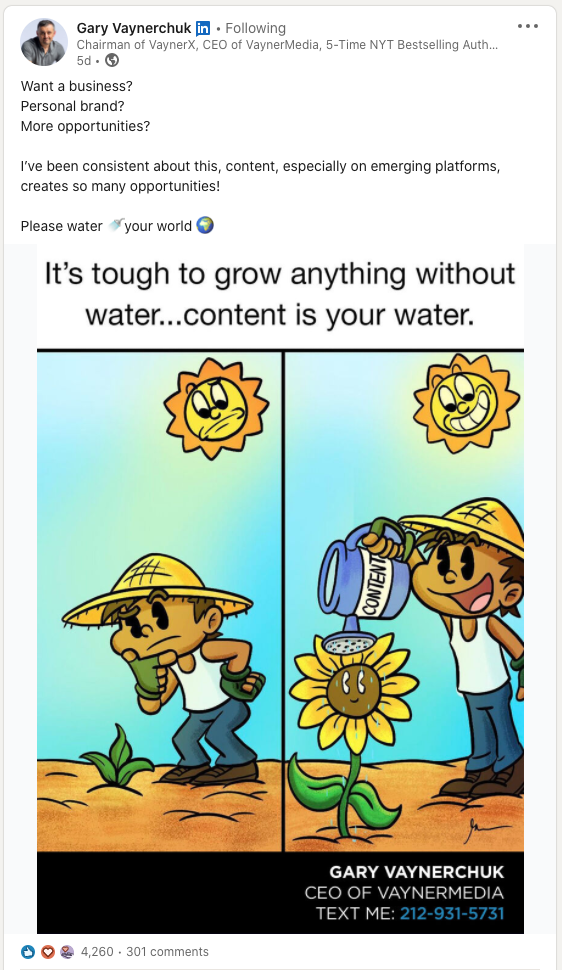Social selling has many benefits, one of them is that it provides to you, your team total transparency as to what your time are contributing.... or not.
And while legacy sales methods provide tools that can give you call logs and emails sent, these are often scammed by sales people.
Let me walk you through the type of metrics you can gain with social selling.
Prospecting and territory management
Network size - All modern sales people will be growing their network, every day and every week. LinkedIn provides the "followers" which is publicly available. For most people, the number of connections equals your followers, this can therefore be tracked. The average person on LinkedIn has 930 connections which is x colleagues and recruitment consultants, as a business this is pretty useless to you. Each sales person MUST be showing on a weekly basis they are growing their network, reach and influence across their territory.
One of the services we provide are "play books" where we agree a "social territory plan" between the salesperson, the sales leader and our coach. This provides an ongoing and evert growing, business plan for each sales person.
Content and engagement - All of the sales research shows that if you are not publishing content as a salesperson then you are invisible to your prospects, clients and territory. A sales person's regularity of posting, the amount of engagement is all freely available on Linkedin.

Check out this post by Gary Vee - "content is your water."
Engagement - While people still call "likes and comments" vanity metrics, they don't understand that for a salesperson this gold. We are always looking for, as salespeople, a commonality with our prospects and customers. If we have something in common with our prospects, then they are starting to know, like and trust us. People buy from people they know like and trust. This commonality creates conversations and conversations create sales.
Conversations - Being active on social, enables conversations and we all know that it is only through conversations that we create sales. Through our engagement, we get conversations in our verticals, accounts and territory.
Prospecting in the 21st century - Here's a great tip from Gary Vee about prospecting today. You go onto LinkedIn and find the hashtag where your prospects hang out and then you go and engage. Not selling, but dropping your pearls of wisdom. You will be amazed at the conversations, relationships and sales this will create. Gary calls it the $1.80 strategy. You after all know the key terms to your world.
Measuring Sales people contribution
Linkedin social selling index (SSI) - Linkedin have a measurement called SSI, you can get yours here. This measurement is proprietary to LinkedIn, and only works on this platform. This is only available to the person, it is not openly available. As a business, if you have Sales Navigator, the administrator, will have access to it. I wouldn't get to hung up about it, it's useful when you are starting to roll out social selling. The figures does not really matter, but a score of 70 is better than a score of 50.
Here at DLA Ignite, we have our own score, which really is about social selling as it covers more than just Linkedin.
Campaign Code - We always recommend to our clients that they have two campaign codes as part of any social selling roll out. The first campaign code where you have gained business through the use of social and another campaign code, where you can track business that was influenced with social.
Forecast accuracy - I've written before about at my last corporate job, we had a measure of 98% sales forecast accuracy. In most businesses it is plus or minus 100%.
We achieved this with the use of social being used in conjunction with the CRM. We all know that CRMs can be full of dreams and lies, by adding social, there is no hiding place. Put simplicity, the deals that are going to happen are those where there is the most chatter, no chatter, the deal isn't going to happen.
Contribution - Here at DLA Ignite, we run the business on Slack, key for me as the CEO is that I have total transparency as to who is contributing to the business and who isn't. As we all know as business leaders, it's contributors that make sales and stay with the business.
So have I missed anything?
If this article has been useful and you think it would be useful to your network or individuals then please share it. Please also tag in the individuals.
For all those that still think that email and cold calling is the way to create pipeline in a post-pandemic world, I love this quote from Gary Vee, "if you are fighting technology, you will always lose".
 unknownx500
unknownx500











